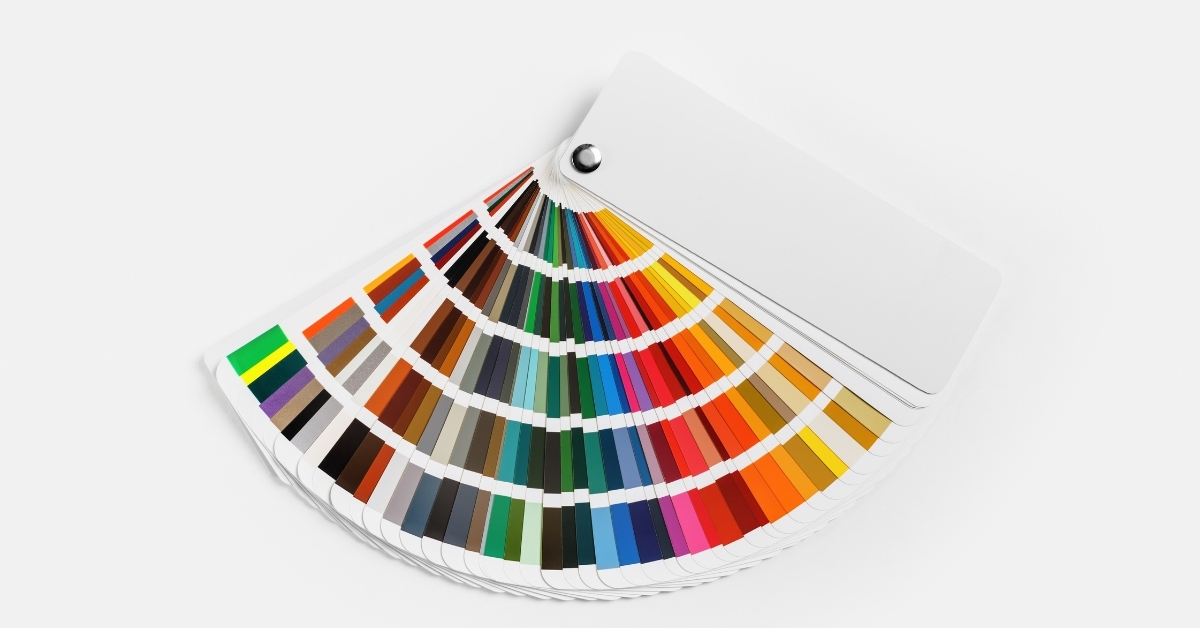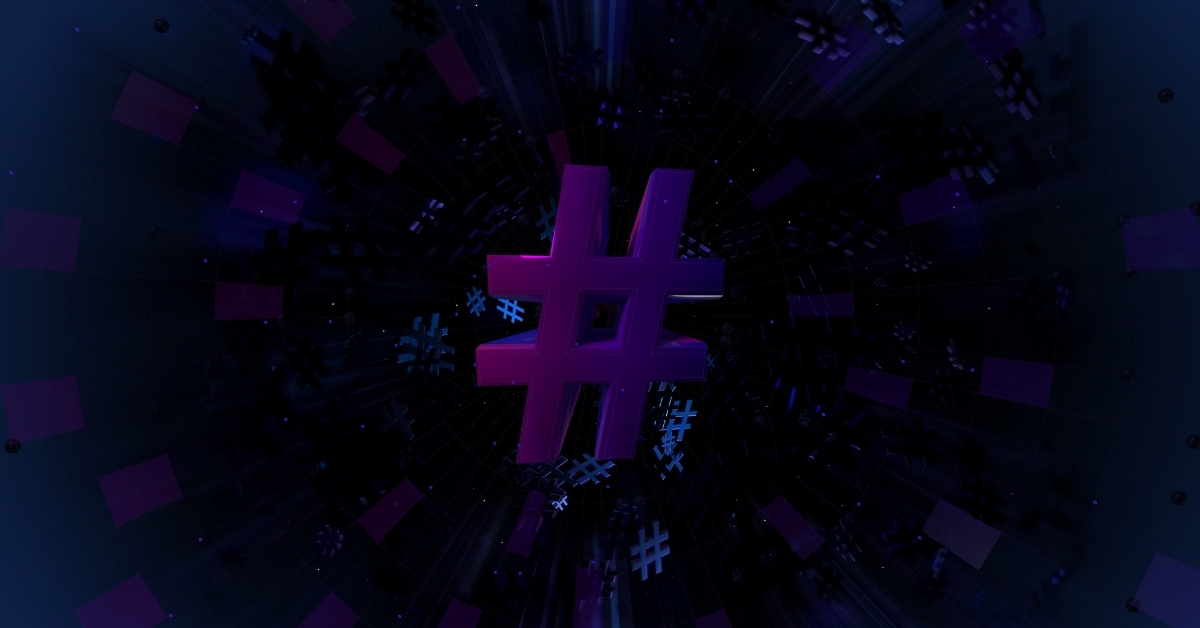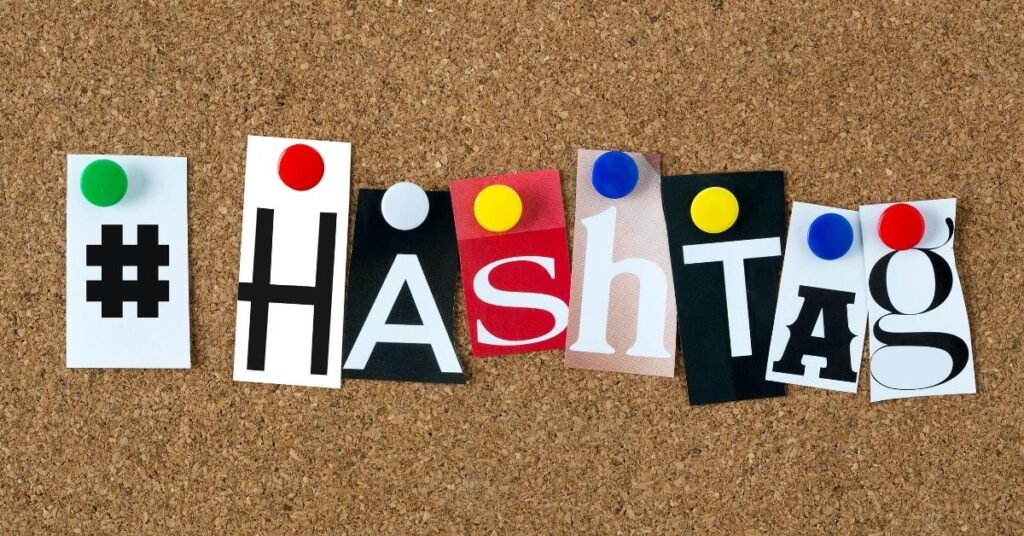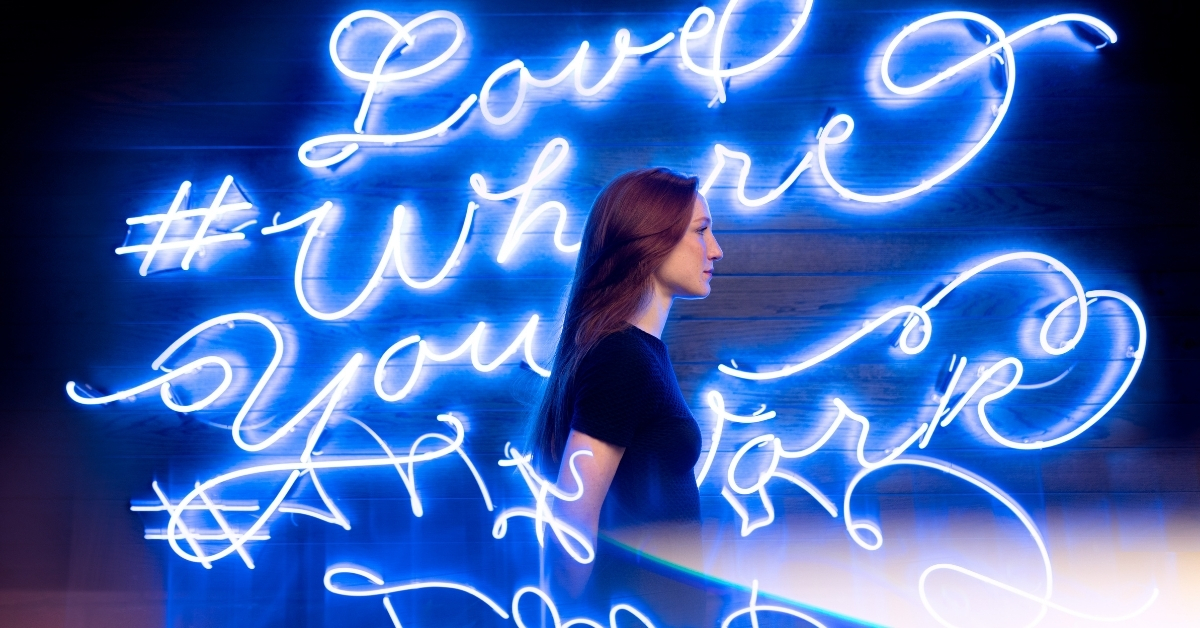Creating a strong brand identity is paramount. Your brand identity defines who you are as a brand and how people perceive you. It’s the key to establishing trust, building recognition, and fostering connections with your target audience. However, there are specific do’s and don’ts that you should consider when crafting and maintaining your brand identity. In this comprehensive guide, we will explore the most significant do’s and don’ts of branding to help you define and promote your brand effectively.

The Do’s
In building a strong and enduring brand, certain strategic practices are essential. Here’s a deeper dive into effective strategies that can elevate your brand’s identity and recognition:
1. Do Create a Branding Guide
A comprehensive branding guide is instrumental in achieving a cohesive brand identity. It serves as a blueprint for the visual and communicative elements of your brand, ensuring consistency across all mediums. This guide should detail your brand’s fonts, colors, kerning, content style, and tone, among other elements. Such meticulous attention to detail ensures that your brand is presented coherently, making it easily recognizable and memorable to your audience over time. The consistency fostered by a well-constructed branding guide aids in building a strong brand identity that audiences can easily identify and recall.
2. Do Ensure Everyone is on the Same Page
Beyond its external manifestations, a robust brand identity necessitates internal consensus and understanding. It’s crucial that everyone within your organization, irrespective of their role, is aligned with and supportive of the brand’s guidelines. This internal cohesion is key to projecting a unified brand image externally. By promoting the brand’s ethos internally and fostering a corporate culture that reflects your brand values, you create a consistent and authentic brand experience for both your employees and your audience.
3. Do Combine Online and Offline Channels in Your Branding Materials
In the digital age, maintaining a uniform brand message across online and offline channels is paramount. While digital platforms allow for dynamic and interactive engagements, it’s important to harmonize these with your offline branding efforts to ensure a seamless brand experience. The essence of your brand—whether it leans towards the fun and trendy, or the professional and sober—should be consistently conveyed through both digital and traditional mediums. This integrated approach helps in blurring the lines between online and offline experiences, providing a consistent and holistic brand perception.

4. Do Use a Combination of Data and Emotion to Define Your Brand
Defining your brand should involve a careful balance of quantitative and qualitative analysis. Both data and emotions play crucial roles in shaping your brand identity. Quantitative data provides valuable insights, but emotions can be elusive in the numbers. Therefore, it’s essential to gather feedback on your brand by examining how people respond to your brand in the data and by directly asking questions.
Market research strategies, such as social media intelligence and brand analysis, can help you objectively evaluate brand favorability and adapt to changing customer expectations.
Adopting these strategies not only strengthens your brand’s identity but also enhances its recognition and recall among your target audience. By creating a detailed branding guide, ensuring internal brand alignment, and seamlessly integrating online and offline branding efforts, you lay the foundation for a powerful and enduring brand presence.
The Don’ts
1. Don’t Make the Logo Bigger
One common mistake in branding is the tendency to make the logo larger in an attempt to increase brand visibility. However, this approach can often backfire. Take a look at some of the most iconic brands globally, such as Apple and Nike. Their logos are not prominently displayed on their websites; they are typically quite small, often less than 50 pixels high.
Enlarging a logo excessively can come across as tacky, obnoxious, and poor style. Instead of making the logo bigger, focus on making it more recognizable through consistent use and association with your brand.
2. Don’t Align Yourself with the Wrong Influencers
Influencer marketing has become a significant part of branding in the digital age. However, it’s essential to choose influencers carefully. Ensure that they align with your brand’s values, target audience, and messaging. Misalignment with influencers can lead to confusing brand messages and may even damage your brand’s reputation.
Select influencers who share the same values and make sense in the context of your brand and industry.

3. Don’t Follow the Crowd Blindly
Trends and viral moments in the digital world can be tempting to jump on, but it’s crucial not to follow the crowd blindly. Just because a hashtag is trending or other companies are commenting on current events doesn’t mean you should automatically do the same.
It’s essential to stay true to your brand’s identity and values. If a trend or topic doesn’t align with your brand or make sense for your audience, it’s perfectly acceptable to refrain from participating.
4. Don’t Wait Too Long to Rebrand
While consistency is crucial in branding, it’s also essential to remain adaptable and relevant. Don’t make the mistake of waiting too long to rebrand. Failing to stay current and modernise your brand can lead to alienating customers and losing relevance in a rapidly evolving marketplace.
It’s vital to strike a balance between staying focused on your core customers’ expectations and embracing change and innovation. Regularly assess your brand’s relevance and make adjustments as needed to ensure that it continues to resonate with your target audience.
Creating a strong brand identity is a multifaceted process that involves a careful balance of consistency, adaptation, and alignment with your brand’s core values. By adhering to the do’s and avoiding the don’ts of branding, you can define and promote your brand effectively, establishing a lasting and impactful presence in the hearts and minds of your audience. Remember that your brand identity is not static; it should evolve and grow alongside your business to remain relevant and compelling.




































